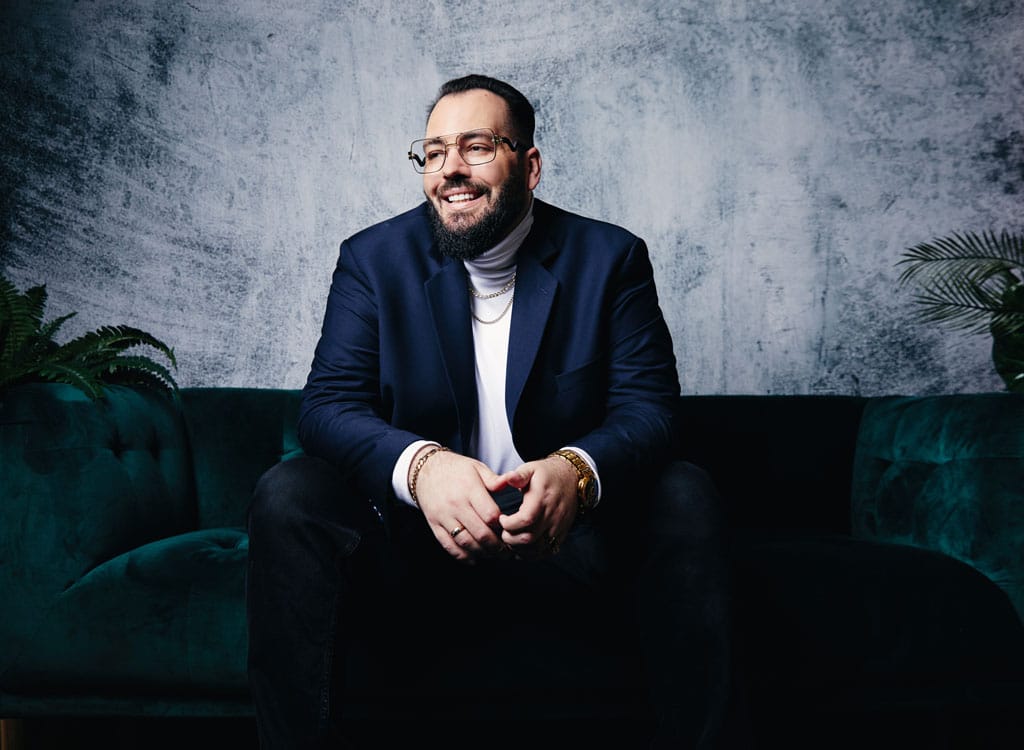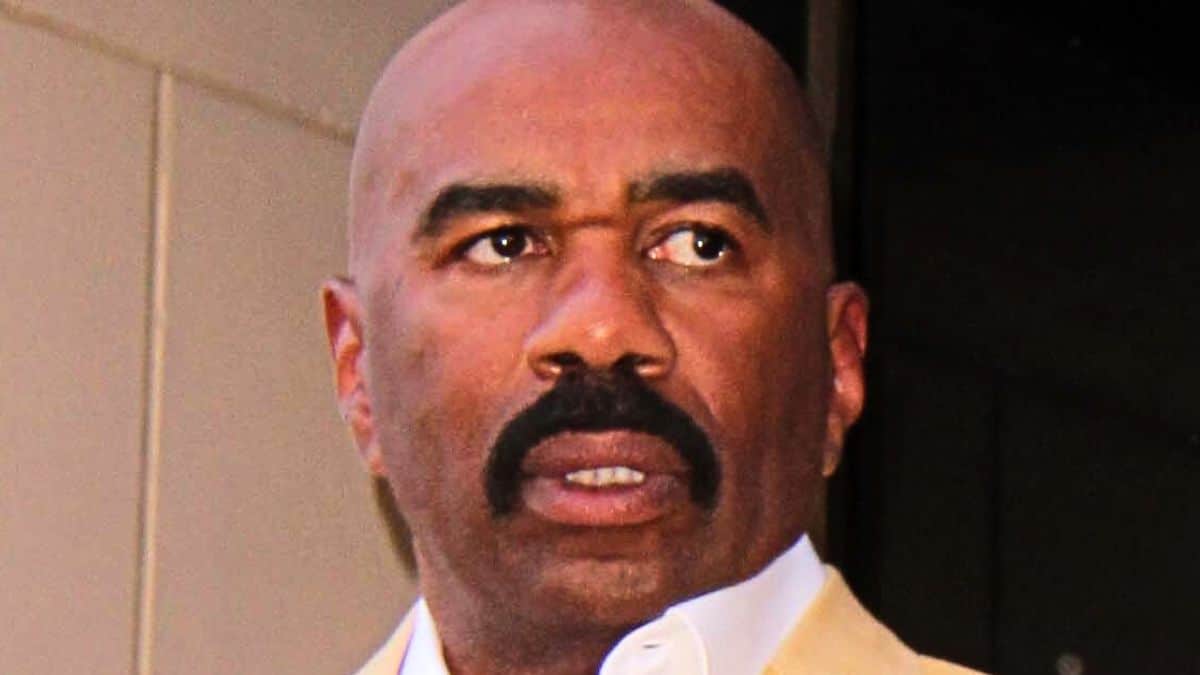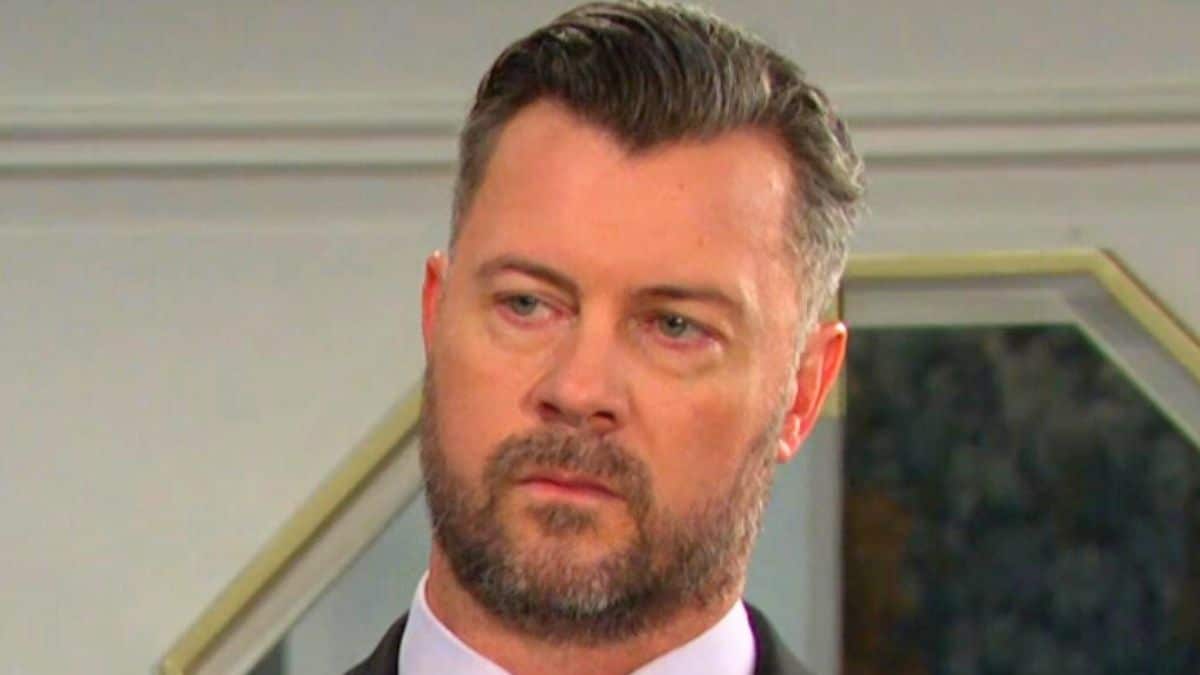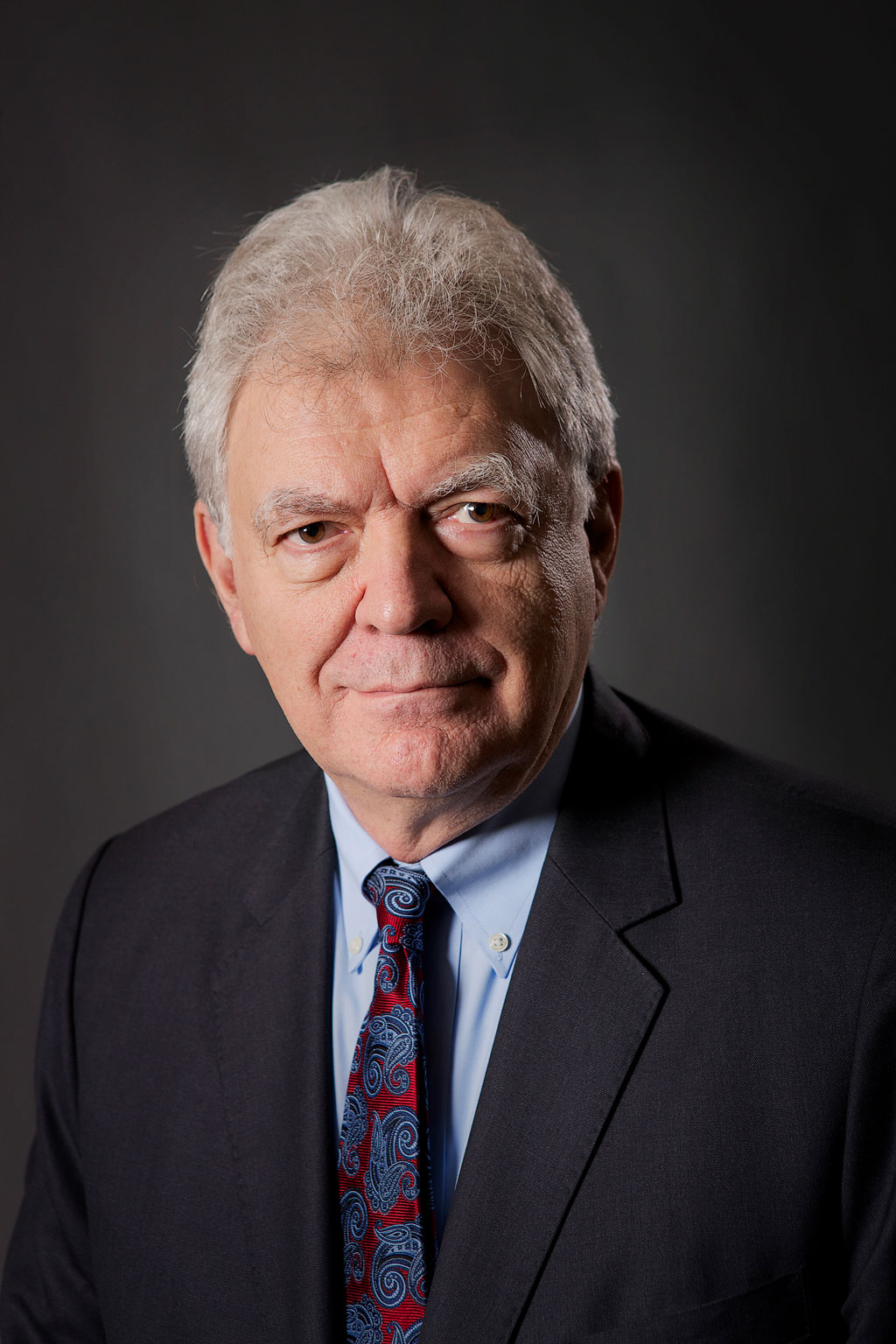Sure it’s cliché to say that boards and CEOs are living through an unprecedented era of challenge and change— economic, technological, political, social. But that doesn’t make it any less true. Or difficult. Ask anyone serving on a board these days.
From generative AI and cybersecurity threats to rising CEO turnover and activist investing (and an activist White House) and on and on and on, there’s literally no end to the critical issues competing for board time and attention.
So what should directors do? Bill George has ideas. The legendary former chair and CEO of Medtronic (where he grew the market cap from $1.1 billion to $60 billion from 1991 to 2001) and former director at blue chips like Goldman Sachs, ExxonMobil, Novartis and Target (as well as the world-renowned Mayo Clinic), George has, in what passes for retirement, become one of the true go-to-guys for CEOs and directors trying to navigate a topsy-turvey world.
His take will be familiar to anyone who has read his bestselling 2007 book True North or who has seen him teach at Harvard Business School, where he helps train CEOs from nearly every industry and geography. The only way to navigate a world like the one we’re living in, he’ll tell you, is to make sure that while your tactics and your strategies may change, your values—and those of your company—do not.
“Your job is to build the company around your mission and values,” he says. “And if you compromise those under pressure right now, you’re going to harm your organization for the long term. You’re going to betray the values upon which it was built.”
In a conversation with our sister publication, Corporate Board Member, he explains his rationale and candidly shares where and why boards fail at this, what’s driving the wave of CEO turnover, an approach to the fights over DEI and more. “Board members need to stand up now. Boards should look themselves and ask, “Are we part of the problem?”
CEO turnover is higher than it has been historically. Why do you think that is?
Two conclusions. The first is that boards are extremely responsive—in many cases I would say overly responsive—to external criticism and forces, starting with shareholders, moving to activist investors and then to changes in the U.S. government.
The second thing I would say is that we see a tremendous number of CEOs in our new CEO program at Harvard Business School. Most of them are not prepared to deal with external issues. They’re well prepared to deal with running the business. They know how to build a team. They know how to make money.
But they are not prepared for the external issues that come at them, in part because their companies are not giving them any training in this area. Sometimes they [rely] too much on staff, sometimes they try to figure it all out themselves. Sometimes they take very short-term conclusions, but they often get themselves in deep trouble that way.
You’re referencing CEOs being pushed out and forced turnovers. But it also seems as if some CEOs are simply choosing to leave prematurely or earlier than their boards actually want.
Sometimes these things are masked by calling something a retirement, which is really someone being pushed. But if they, in fact, left before the boards wanted them to, it’s because the pressures on CEOs today are so great, far greater than when I was a CEO. And a lot of it’s compounded by external pressures. The internal pressure is for immediate performance.
We live in a very, very short-term society. If you’re asked to take on and transform a culture that actually has deep problems— take Starbucks, take Boeing—it’s going to take time, and many times they get frustrated with that or they just aren’t given the time to do it.
The external forces that you’re referring to, which ones do you see as having that kind of big impact on leaders today?
Short termism among shareholders, and that’s compounded now with activist investors demanding a new CEO because they want immediate results. Now, a lot of times what they’re demanding is not in the long-term best interest of the company. You are not going to build a company that way, but they want immediate results, and so they want a new CEO who will just come in and cut, cut, cut with no thought about strategies for the future.
So, that’s a big factor, and I think many of them are very nervous about changes in government right now and more or less wanting to accommodate those changes. Now, the great concern I have in doing these things is something I’ve been saying and I’ll continue saying: CEOs are chartered to build their organizations with a deep sense of purpose or mission and a set of values that are immutable. It can’t change every time the government changes or they get pressure from an external source.
And I see many of them right now making those changes, compromising what have been long-held beliefs, and this is of great concern to me.
So, there are consequences for the short-term replacements of CEOs and even some that are hanging out in their jobs for the long term who are probably doing so by making short-term decisions.
Pressure for short-term results has been a perennial kind of pressure that CEOs have been dealing with during the decades I’ve worked for this magazine. So are you referring to other areas, policies and so on?
Absolutely. The DEI pressures. Look, having a big DEI staff at corporate, training for executives and board members, that is more of a checklist of “did we do this?” I’ve always felt that was the wrong way to go. I am not a supporter of that, but I am a strong supporter of creating inclusive organizations and equity where everyone has an equal shot at opportunities, and I think most organizations are very diverse.
An example of a company on whose board I’ve served that held up inclusion and diversity as very important goals is Target. It was Dayton-Hudson, then it became Target. And those were very, very important goals that everyone believed in. The company used that in recruiting. They used it in their merchandising. They used that in their appeal to customers, in advertising and whatever they did. So now to pull away from that leaves 415,000 employees wondering, “Well, what do you stand for if you’re willing to sacrifice this under pressure? What now do we stand for?”
Yet, as you know, you’re seeing a lot of pulling away across the board, everywhere from universities to companies. It’s really interesting.
A counterpoint to that, by the way, is Costco, which has stood tall. They had a shareholder proposal—this is worth noting—[demanding] that they would review their DEI programs. The board agreed unanimously to continue exactly what they were doing, and when the votes came in, 98 percent voted with the board, which to me was a resounding vote of approval.
Now, you can say Costco’s doing a lot of other things, right? They’ve got a great business model for their customers, and they’re paying their employees $30 an hour now, raised from $22. As the CEO told me, and he was a very conservative man, “We just want the best employees and are willing to pay to get [them].”
So, that’s a different point of view.
You mentioned something I want to circle back to, that CEOs aren’t getting—you used the word training—to deal with external pressures. I thought that was interesting because nobody really thinks about CEOs getting training.
If you look at how CEOs are developed, typically a good company will pick out five potential candidates and eventually whittle it down to two. They’ll give them a diverse set of responsibilities within the framework of the company. But they’re really not giving them exposure to these external challenges. And then they come into the office and they get hit with Covid, or get hit with an activist takeover attempt, and they’re woefully unprepared for these things.
A lot of times that leads to a change in CEOs because they selected someone who’s not attuned to the full range of their stakeholders. We may live in a stakeholder world, and I applaud that. But then you’ve got to figure out how you are going to meet the needs of all your stakeholders without compromising what you stand for.
Is that something you can prepare your leadership pipeline forward for? Or rather, how would you get your next-level potential successors ready for the job in those ways that you’ve mentioned?
Let me give you a classic example. Ken Frazier, the successful former CEO of Merck, earlier in his career was asked by Roy Vagelos [then CEO of Merck] to come in and be in charge of all external affairs, public affairs, public relations, government relations, all those things. He turned the job down, and Roy said, “No, no, I want you to take this job.” In so doing, he was preparing Ken to deal with all of these kinds of forces.
Then, Ken had some big issues when he came on board [as CEO]. He stood in the face of shareholders who wanted to cut R&D, and he said, “We’ll never spend less than $8 billion a year on R&D.” His stock went down when he was confronted with a question of values.
He also withdrew from the President’s Council after the [racial incident in] Charlottesville. Forty-two CEOs followed him out the door, sure. But I can assure you, it is a lot harder to be the first one in line to get out. You’re the one who is going to get shot at. I heard from Merck executives that 100 percent of the employees backed him on this decision.
Now, if you look at that, it could have cost him approvals with the FDA, it could have cost him pricing pressures. It could have led to the withdrawal of Merck products for quality reasons—none of which happened. But I’m just saying it showed a lot of courage. Put those things together and you see that Ken was very well prepared to become CEO when he took the job.
Over time, the R&D decision was proven to be the right move. The kind of decision he made about the President’s Council might be a bigger risk now, when you have kind of a retaliatory spirit in government.
I’m well aware of that, but I was at the Yale CEO Leadership Summit in the third week of December, and there were 200 to 250 CEOs there, in New York. I had to leave a little early and Jeff Sonnenfeld, who was running the session, said, “Bill, tell us what you think.”
I said, “Look, your companies have been in business, most of you, for 50, 100 years, some of you even 150 years. You will be in business hopefully the next 50 to 100 years. Your job is to build the company around your mission and values. And if you compromise those under pressure right now, you’re going to harm your organization for the long term. You’re going to betray the values upon which it was built.”
Whether they buy into that, I don’t know. But that’s what I believe, and I think it’s called courage and unfortunately, a lot of people in leadership roles don’t have much courage, like Costco did.
You’ve got to stand up and be counted: “That’s what we believe. Go ahead. Take me on.” You’re going to take a lot of slings and arrows, no matter what you do. You will get hit either way as the CEO. You need to toughen up and know that’s going to come. But if you stay true to what you are, you can walk with your head held high.
Some people might argue that you can afford to do that when you’re Costco, but you can’t always afford to do that, depending on your company’s level of success and the amount of pressure being put forth.
Yes, but maybe they’re successful because they stuck to their values. Target, to this point, has been successful because it stuck to its values. If it backs away, then we can look at a lot of other companies. Do they stand up for what they believe, like Mary Barra has at General Motors, or do they back away?
You make tactical and strategic decisions, but I’m talking about something different. It’s your purpose and your values.
Returning to CEOs leaving early. How do boards cope with shorter CEO tenure? Are there ways that you can support your CEO so you will not actually get into a situation where you are interested in pushing them out, or a CEO feeling embattled and fleeing?
Boards themselves have to have courage, and many board members do not. That’s my reality sitting on boards. When the pressure comes, many board members will put their personal reputation ahead of the company.
When I was on the board of Goldman Sachs, we got through the financial crisis very well, but then we got into a lot of pressure in 2010. I stepped up and took a major role on the board.
But I can tell you that there were board members who did not step up into that. And that’s the time when you have to.
That’s a big concern—that board members themselves don’t have the courage. I’ve seen other boards where board members put their own reputations ahead of the company’s. That really belies your fiduciary duty and the reason you were chosen.
Board members need to stand up now. Boards should look at themselves and say, “Are we part of the problem?” An example is Boeing. What were you guys doing? Did you choose the right [CEOs]? They made very bad decisions along the way, and that was a blue-chip board, if ever there was one, of really high-level people. You’d be hardpressed to be critical of the people chosen for that board.
Look at GE. GE was the world’s leading company for 100 years, and there is no GE anymore. There’s an aviation-jet engine division. There is a medical division. There’s no GE. It’s gone. The board didn’t do its job. They chose the wrong person clearly in Jeff Immelt, who didn’t have the courage, and they backed him. In that case, he got 16 years. They didn’t face the reality of what they needed to do.
Maybe there was no right person for that because you’re succeeding Jack Welch. That’s a tough act to follow.
I disagree. Yes, it’s hard to succeed a very successful CEO. But you have to stand up and take the company in a different direction. You know many things Jack did made GE more into a bank and were taking them the wrong way, and they didn’t really face those issues early on. They weren’t even sure what business they were in.
They never could define what business they were in until Larry [Culp] came in. Larry’s done a terrific job of saying, “OK, we’ll be in the jet engine business. We’ll be in the medical business, and we’ll excel in those businesses.”
One of the things people mention to me is that the advent of AI is spooking CEOs. They don’t want to be the CEO who has to deal with the impact of AI on their workforces and transforming their company with AI.
It would be a pretty weak CEO who would not step into the challenges of AI. I would have low respect for anyone who resigned because they were concerned about the impact of this and didn’t step up to it. That’s your job. When you get into crisis, that’s when you step up. When things are going well, it’s easy to preside, have quarterly analyst meetings, tell everyone how great it is going. It’s when companies get in trouble, that’s when you step up. That’s when you see the true colors of the CEO and the colors of the board.
Another external event challenging CEOs is the changing workforce and the changing demands of the workforce.
Now you’re raising a whole series of very complex issues. I ask CEOs, “How much time are you spending with your employees?” You should have a mentor who is a Gen Z and probably a millennial. You need younger mentors to tell you what’s going on in your own company.
Are you out in the stores? Are you out in the production lines? Are you in the research labs? With your frontline employees?
I’m very critical of CEOs who are spending all their time in meetings in their office or in their conference rooms with direct reports. People are spending way too much time in meetings and not nearly enough time in the business itself. You have got to be engaged with your employees, your frontline employees, not just with your top management. A lot of companies, CEOs have failed to do that.
Could there be an upside to CEO tenure going down? Companies need different leaders for different times, for different maturity levels of the company. Can it be a good thing that CEOs aren’t staying 10 to 12 years anymore? It’s more like six to seven, and maybe that’s appropriate.
It depends on the company and the timeframe. Take a pharmaceutical company, you can start a lot of things, but you won’t know how they come out for some time so you have to have that long-term perspective.
A retailer, however, that business changes every season and you can lose out. So yes, you need to look at the context and the nature of the business. And yeah, there are times that you don’t want to just hang on to a CEO who is not performing.
When you were a board member, how did you work with your CEO to make sure that some of these things didn’t turn into a bigger issue than they needed to be or to give them the support they needed to feel they didn’t have an acrimonious board?
I was on the Goldman Sachs board from 2002 to 2019, so 17 years and under great pressure as I alluded to earlier. Lloyd Blankfein really stepped up and said, “We not only want to deal with this external problem, we want to look at ourselves internally and look at the whole organization top to bottom, and ask what are we doing wrong? Are we really communicating correctly and effectively with our customers? Are we training our people correctly?”
He went through the whole company, 150 senior partners, and as a result, they had 39 recommendations they put into place that we, the board, oversaw. I had a small committee of four of us, and we worked very closely with management to see, were these the right things? And then, after the recommendations were approved, did they carry them out?
So, that’s one case where I think a board worked very well, not because I was involved, but because of what the CEO did in stepping up to that challenge.
What advice would you give board members in this environment? Are there things that boards need to be more diligent about in the succession planning process?
Exxon did a brilliant job of this. They started with 25 people. They whittled it down to five. One of those dropped out by leaving the company. So now it’s four, and they chose two to go forward, and they gave them more responsibilities. And there was plenty of time. I was part of that too on that board. It was a very good process.
That’s a horse race though. People often feel that’s not always a healthy thing for an organization.
That’s right. At Medtronic, I didn’t give the board three names, I said, “Here’s the person to interview; decide if he’s the right person.” Because our management is not that deep, and if we put up three candidates, you’re really pressuring the other two to leave. Whether or not they say they will stay, in most cases they leave. That’s the norm with the horse race. So yes, there are real problems with that, but at least there are multiple candidates.
And in recent successions I’ve seen a person chosen who was not the obvious choice. It was the person who had the most ability, the most growth potential and the ability to take on unknown situations. I think too many CEOs are linear thinkers where D follows C follows B follows A. Business is not linear. You want it to be, but it’s not.
So they’re often not prepared for the volatility out there in the world around them. If you think back since the turn of the century, turn of the millennium, it’s been very volatile with 9/11 and the banking crisis and all the things that have happened.
What recent successions were you thinking of when you said that the person wasn’t the obvious choice?
At Goldman Sachs, at Exxon, at Mayo Clinic, where I served on the board. All three are doing a terrific job. The other candidates were well trained and good people. Don’t get me wrong. But they chose the one with more growth potential, more courage and more ability to take on complex, unknown situations.
How do you spot that in the person?
Well, first of all, somebody’s got to know, really. Typically that’s the CEO. So you listen hard to the CEO’s recommendation.
But then the board has to make its own recommendation, its own conclusion and its own decision. You have got to get to know people. You can’t just have them come in for a dinner or make a presentation to the board. That’s way too superficial. You really have to look at and get to know that person and watch and look at their behaviors and look at their temperament. This has a lot to do with it.
How long does that take?
Years, years. That’s why you can’t just have a short-term succession planning process. That’s why the military does one of the best jobs with this.
The other issue we haven’t discussed is the role of the outgoing CEO. The proper role for the outgoing CEO is to make his or her recommendations, then to set a date in which he or she’s going to retire and then step down. Move their office out of the building. Go somewhere else.
If they stay on the board, it should be a maximum of one year. There are good arguments for keeping the CEO on the board for a year to provide stability, but beyond, that’s too much. A lot of CEOs are still looking over their successor’s shoulders. I’ve seen this a lot. The CEOs meddling, still in the building, undermining, calling board members.
We’ve created a new course at Harvard called “Life after CEO” to show the options for CEOs going out. So they will go out at the right time and not hang on too long. That’s more aimed at people who hang out too long or who retire and are never heard from again.
I always tell CEOs, pick your time to go. Don’t wait until you get pushed. Pick your time and give the board plenty of notice. Give them at least a year to think through who your successor’s going to be. Prepare your successors, and then go out and move your office away. Find something else to do.



































































